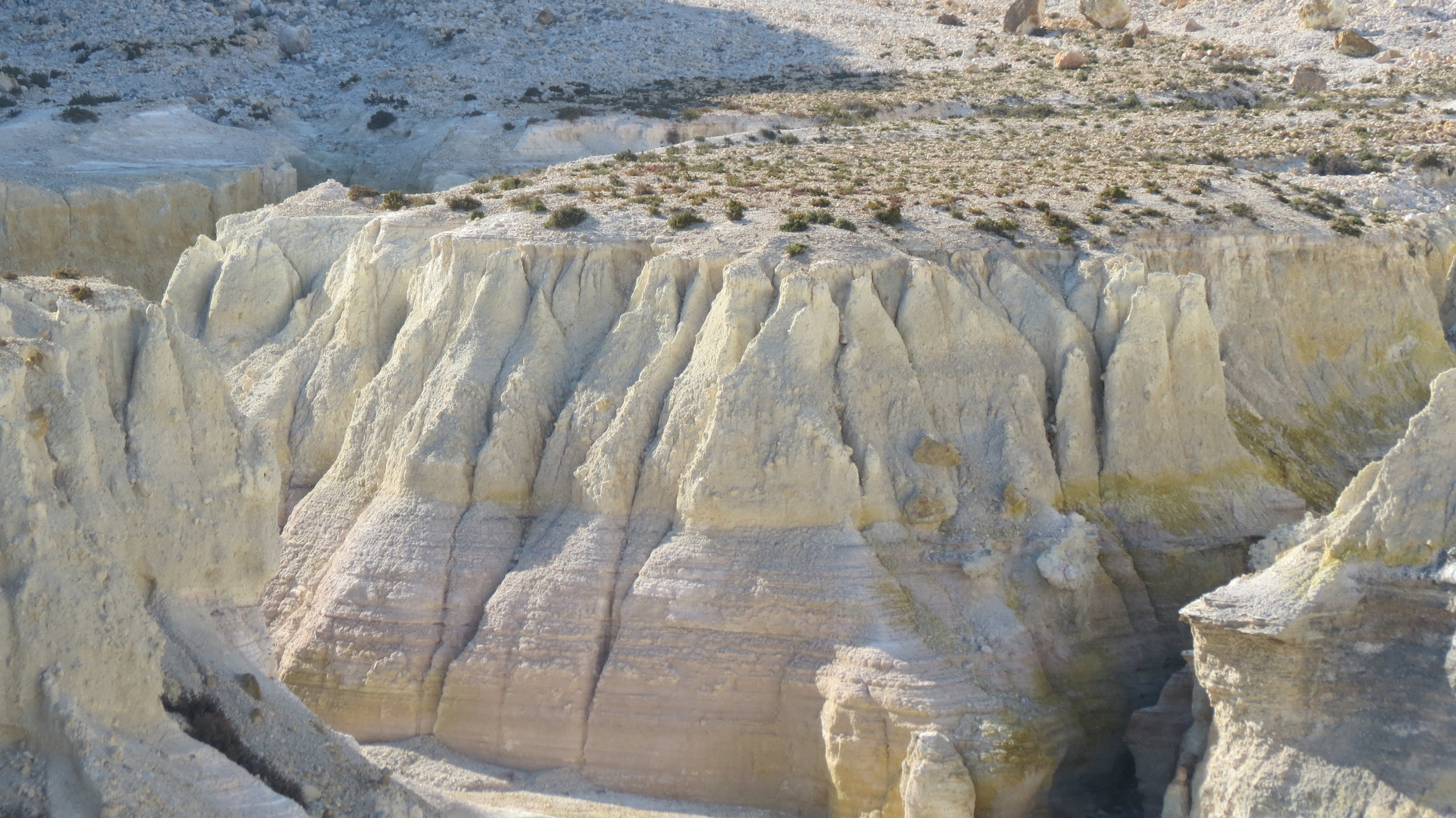The volcano of Nisyros.
/Nisyros is together with the volcanoes of the Kos caldera the east edge of the Aegean Arch with its active volcanoes Methana, Milos, Santorini. The Nisyros volcano is the most active remain of the Cos caldera that exploded aprox. 150.000 years ago. Nisyros, Yali, Strongyli, Pyrgoussa, Pahia and Kefalos (at Kos) are the remains of a zone that is considered to be still active. A Magma chamber below Nisyros is only 3-4 km deep and still rising up. Since 2000 when the Nisyros research program of the GEOWARN-Team started, the temperatures of the fumaroles have been changing from 98 C to 103 C in 2004.
The volcano is currently active (but not erupting). It has had four historical eruptions, all of which had VEI of 2. Almost all of its eruptions involved phreatic activity. The latest eruptive activity was a steam explosion in 1888, after small ash eruptions in 1871 and 1873 and earthquakes are not infrequent. A period of seismic unrest in 1996–1997 led an international team of scientist to initiate monitoring of the volcanic unrest in the EU sponsored GEOWARN project. The entire volcanic complex includes the seafloor between Nisyros and Kos, the island of Gyali and a part of Kos island.
Today you can visit the volcano and even walk inside the craters. It can be a spectacular excursion in the island during your holidays.




